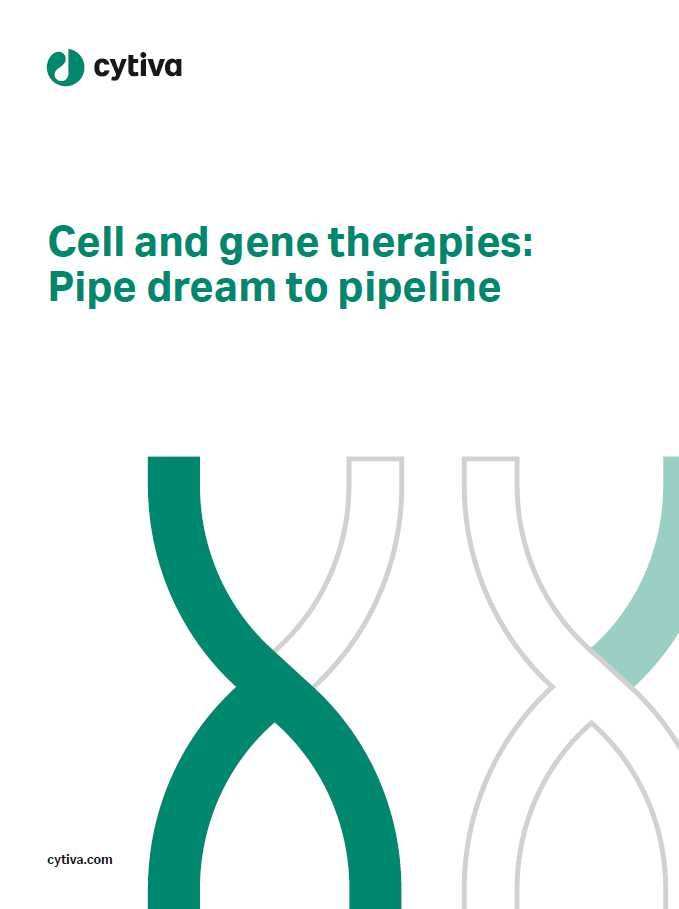
In back-to-back US Food and Drug Administration (FDA) Advisory Committee (AdCom) meetings last week, panelists voted unanimously in favour of approving bluebird bio’s gene therapies for cerebral adrenoleukodystrophy (CALD) and beta-thalassemia. The biotech sector took note, with bluebird shares soaring by 63.8% when the market opened this morning.
On Thursday, the AdCom voted 15-0 in support of eli-cel for CALD, a rare genetic neurological condition that causes damage to the insulation surrounding nerve cells in the brain. The next day, the committee voted 13-0 to approve beti-cel for beta-thalassemia, a rare blood disorder characterized by a reduced production of hemoglobin.
The AdComs’ complete consensus represented a rare show of unity for a field that has struggled to move forward amid a growing list of safety concerns. Just six months ago, the FDA placed a partial clinical hold on bluebird’s gene therapy lovo-cel for sickle cell disease after a subject developed persistent anemia. The same month, Pfizer paused a trial for its Duchenne muscular dystrophy (DMD) gene therapy candidate following an unexpected death.
But the strong show of support means FDA approvals for eli-cel and beti-cel are likely on the horizon. Though the FDA is not beholden to the AdCom’s recommendations, the agency normally follows suit—especially when there’s a clear consensus. (The recent approval of Biogen’s Aduhelm for Alzheimer’s disease marked one high-profile exception).
The FDA will make its final regulatory decisions for beti-cel and eli-cel by the PDUFA dates of 19 August and 16 September, respectively.
Rocky road for rare disease gene therapies
It’s been a checkered year so far for gene therapies targeting rare diseases, with arguably more downs than ups. In DMD, a rare musculoskeletal disease affecting young boys, industry leaders Pfizer and Sarepta both faced safety setbacks for their competing gene therapies. Earlier this month, the National Institutes of Health (NIH) reported an early-stage trial for a gene therapy targeting a rare eye disorder fell short on efficacy– one year after Biogen’s late-stage gene therapy trial for another rare eye condition experienced a similar fate.
As gene therapy trials garnered additional scrutiny, regulators also began taking note. Last September, an FDA AdCom meeting discussed safety concerns over gene therapy delivery vectors and their manufacturing. Meanwhile, the International Society for Cell and Gene Therapy (ISCT) formed a working group following concerns over the misuse of expanded access programs for gene therapies.
Nevertheless, many experts see gene therapies as the most promising opportunity to treat a long list of rare diseases without available treatments. Most rare diseases are caused by single gene mutations, making gene therapies strong candidates to address these glaring unmet needs.
What happens next?
As bluebird bio awaits the FDA’s final decisions on eli-cel and beti-cel, there are still a number of hurdles before these gene therapies can reach patients. Gene therapies can be prohibitively expensive, and experts told Pharmaceutical Technology that beti-cel, marketed as Zynteglo in Europe, could exceed a $1 million price tag in the US. Meanwhile, gene therapies for rare diseases can face a myriad of distribution and delivery obstacles as they navigate complex special pharmacy and insurance industries.
Outside of bluebird, a number of biotechs are nearing the market with their own late-stage gene therapies for rare diseases. According to GlobalData’s Pharmaceutical Intelligence Center, there are 47 late-stage gene therapy candidates targeting rare diseases. This includes 41 candidates at the Phase III stage and six at the pre-registration stage.
As bluebird awaits the final FDA regulatory decision for beti-cel and eli-cel, a host of gene therapies for rare diseases stand to face a similar regulatory environment in the near future.
Cell & Gene Therapy coverage on Pharmaceutical Technology is supported by Cytiva. Editorial content is independently produced and follows the highest standards of journalistic integrity. Topic sponsors are not involved in the creation of editorial content.


